There is a place in Michigan that is incredibly wild and remote. With miles of trails, scenic waterfalls, hardwood forests, and wild rivers, McCormick Wilderness Area is an outdoor enthusiast’s dream come true. However, the unmarked trails make this place a destination for experienced hikers.
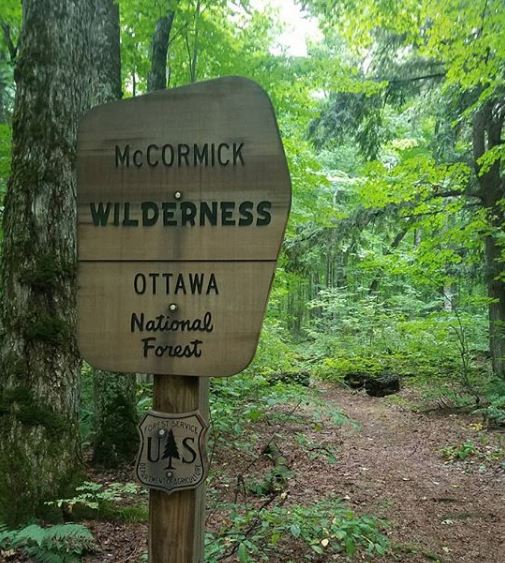
McCormick Wilderness Area is one of my favorite places in all of Michigan. It is part of the Ottawa National Forest and covers about 17,000 acres. The Yellow Dog River, the Huron River, the Dead River, and the Peshekee River all can be found within the area. The Yellow Dog River is one of the few rivers in the east that have the designation of “wild”. It is also known for its impressive waterfalls that make it impassable.
Hiking can be a challenge. With unmarked trails and no amenities, McCormick Wilderness Area is for experienced hikers. Having the knowledge and understanding of reading a map rather than relying on GPS is vital. Following Leave No Trace principles will continue to keep this place special.
The Trails
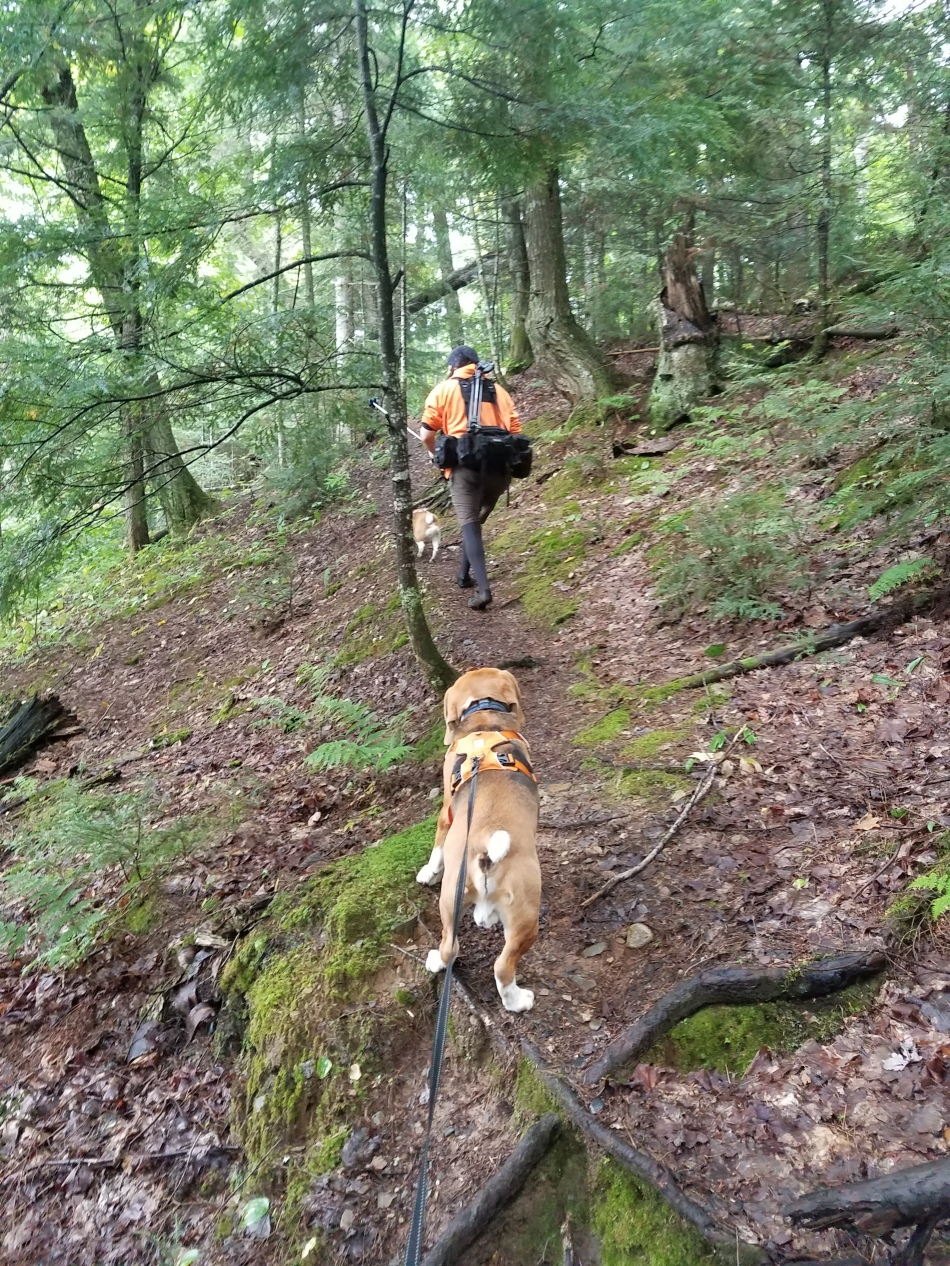
Hiking can be a challenge here. With unmarked trails and no amenities, people deciding to hike McCormick Wilderness Area should do the research and study the maps. Plan on packing out and follow the Leave No Trace policies.
There are two trailheads for the wilderness area. The western entrance allows access to the White Deer Lake trail, which goes northeast, and also is where the North Country Trail passes through and follows along the southern border of McCormick.
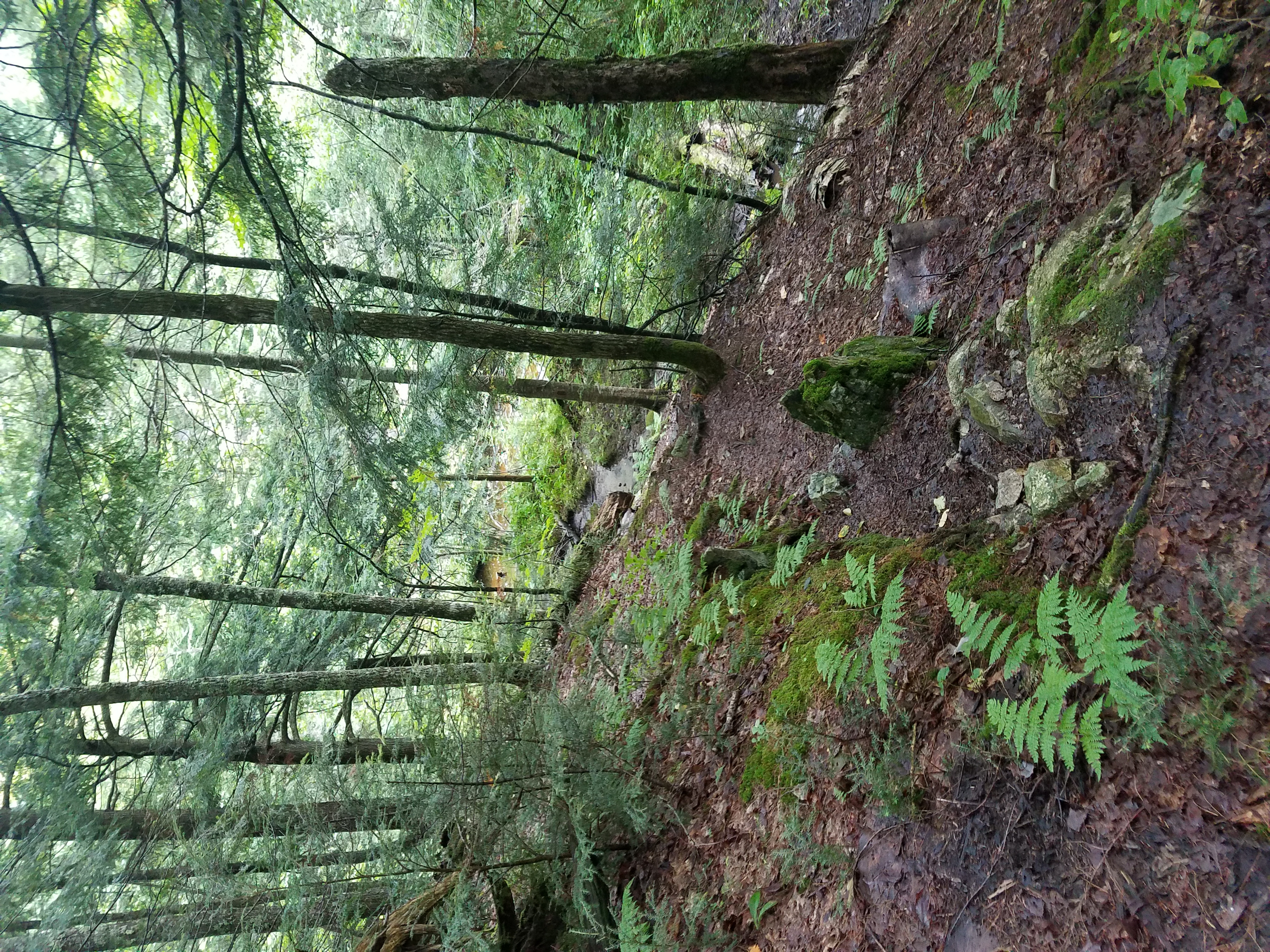
The second trailhead is on the east side and follows the Yellow Dog Falls trail. It is an adventure in itself to get to this trailhead. Leave plenty of travel time if you’re planning on hiking this trail.
White Deer Lake Trail
I have not hiked this trail yet but hope to do so this year. This trail is about 3 miles and takes hikers to White Deer Lake where the old McCormick Estate once stood. The trail has an option to branch at about 1 mile. This takes hikers north to Lower Baraga Lake and Upper Baraga Lake.
Yellow Dog Falls Trail
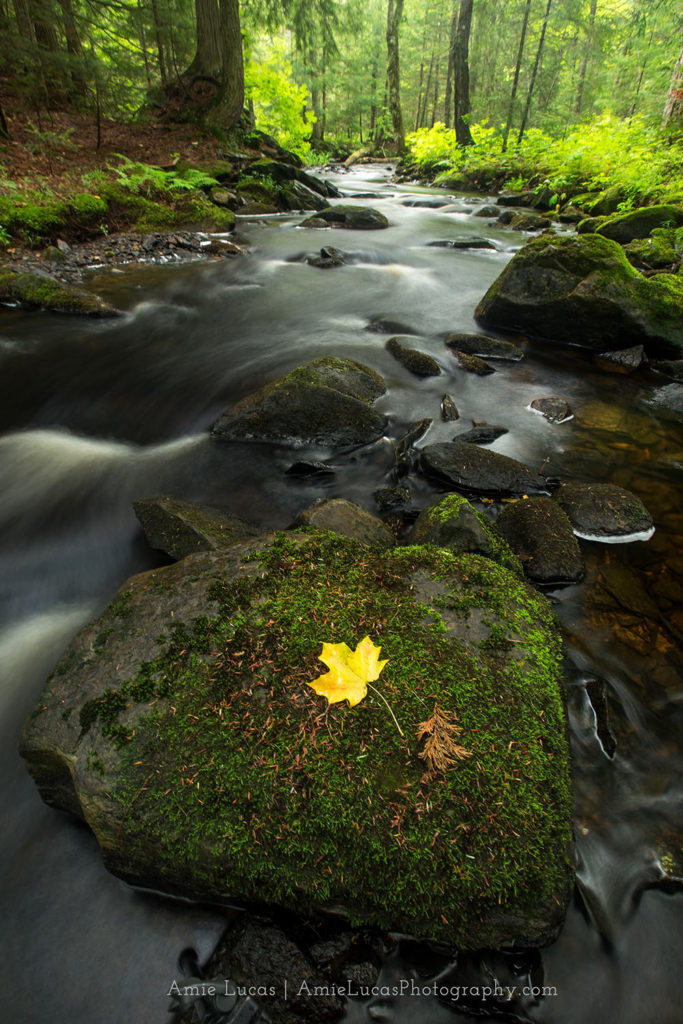
The Yellow Dog Falls trail is about 2.5 miles and consists of beautiful views of the Yellow Dog River, actual river crossings, and multiple waterfalls. I have hiked this trail multiple times and found something new that I love about it every time.


In the heavier wet seasons, expect to walk through flooded trails in the areas that are closer to the river.
I have not seen any other people on this trail on any of my trips.
Camping
Dispersed camping is allowed within McCormick Wilderness Area. However, there are no amenities so again, it is important for visitors to follow Leave No Trace. When you are finished camping, you should leave your campsite exactly the way you found it. Low impact camping techniques are recommended.
Fires are permitted but camp stoves are preferred due to the remoteness of the area.
As with all dispersed camping in Ottawa National Forest, there is a 16 day limit on camping sites.
Exploring McCormick Wilderness Area
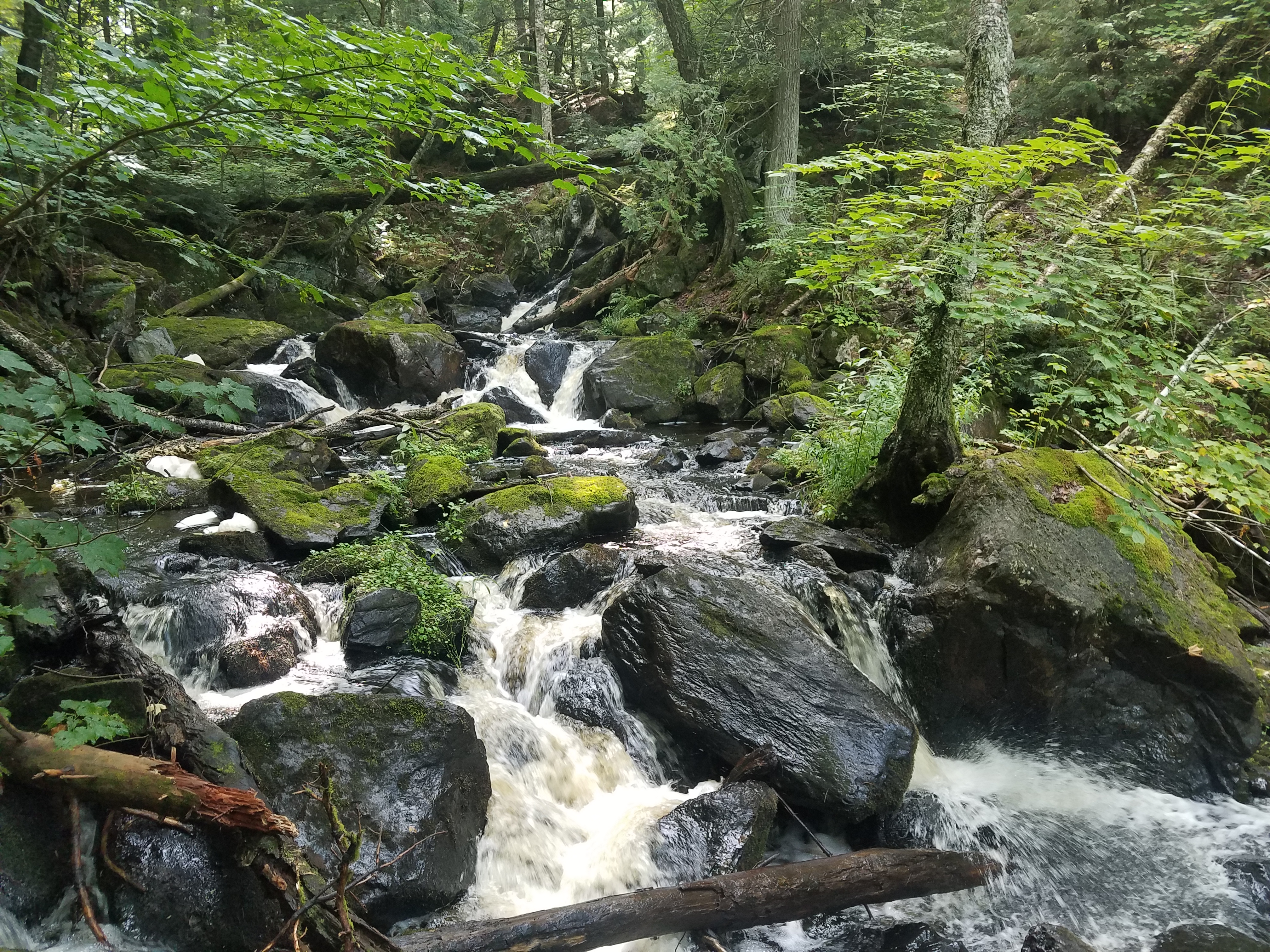
McCormick Wilderness Area is a beautiful treasure. It offers a glimpse into what the state used to be and provides seclusion that can rarely be found elsewhere. It does require individuals to be self-sufficient and be able to rely solely on themselves. Understanding simple survival techniques and respecting the land are important qualities for anyone deciding to explore McCormick Wilderness Area.
For more information, visit Ottawa National Forest – McCormick Wilderness Area.

Leave a Reply